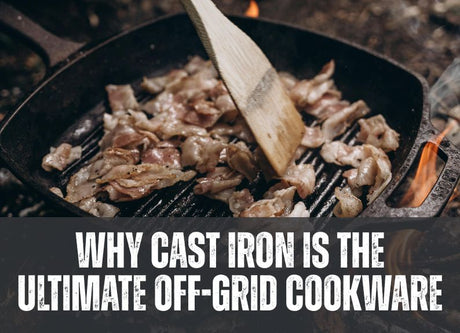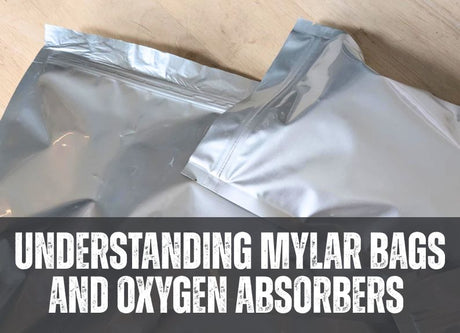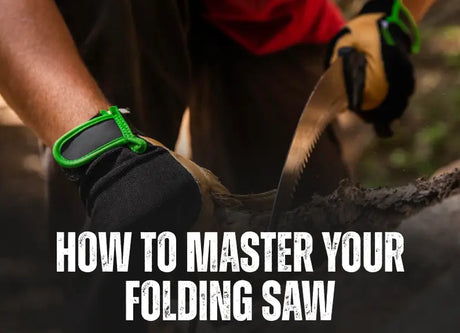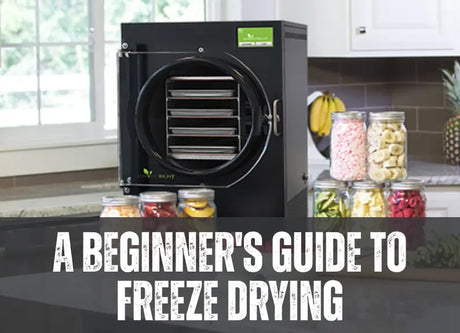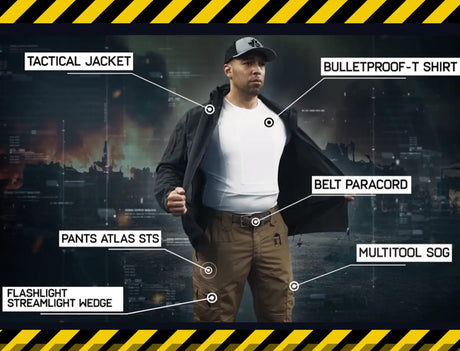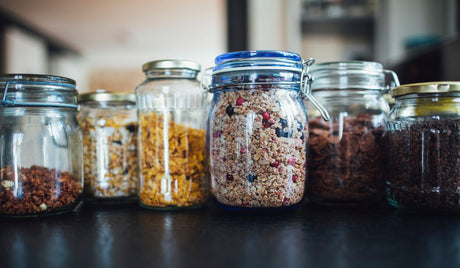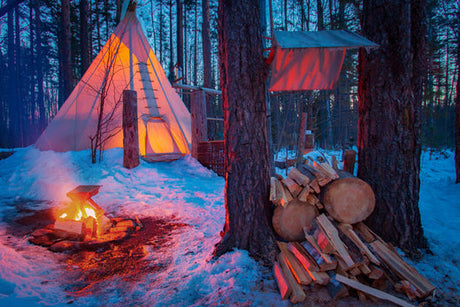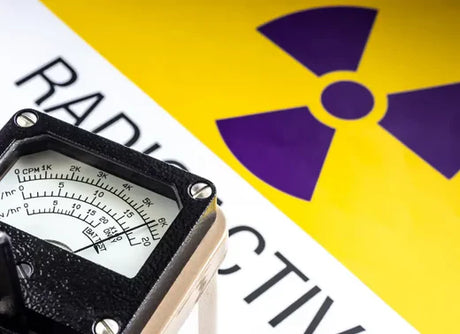Are you preparing your home emergency kit or stockpiling for a disaster? If this isn’t something you have done already, it is time to think about it. In this blog, we will go over the best food items to stockpile with budget, shelf life, and nutrition in mind.
Critical considerations for stockpiling food:
When you are preparing to build your food stock, regardless of the kind of prepping you are doing, it is imperative that you weigh the value of storing that food item. This list of questions can help you choose food that will work best for your needs.
- Longevity: What is the shelf life of the products you’re choosing?
- Storage: Where are you storing food and how much space is there?
- Taste: Is it appetizing? Can you eat it for an extended period of time?
- Cost: Is it expensive and is it worth investing in?
- Nutritional value: Balance against the taste, storage, needs, and cost.
- Accessibility: Does it need to be cooked? Or is it ready to eat?
- Durability: Are the packaging and supplies built to last in a pack?
- Trade value: What is it worth to someone else?
Where you store your food will impact its shelf-life.

If you’re an experienced prepper, you will know that it is critical to be prepared for anything. This means a bug-out bag in the car, camper, basement, and more. Ensure that you choose food that is suitable to be stored in these locations, or you’ll be throwing money away.
As much as possible, you will want to store food in a cool, dry, dark location. Use an airtight container that will prevent environmental contamination such as water or rodent damage. Utilize a system that will work best for you, track dates of purchase, storage conditions, and keep an inventory in an easily accessible place. This will help manage food storage and eliminate unnecessary waste or expense.
11 foods every prepper should stockpile now!

-
Peanut Butter
Canned peanut butter will last up to five years on the shield and powdered peanut butter, though expensive, has a fifteen-year shelf life when stored properly. Not only does peanut butter store well, but it also tastes great and packs a nutritional value worth the cost.

-
Tac Bar Rations
These tactical food rations have a five-year shelf life and make a great addition to your bug-out bag. They are expensive, but the taste and convenience make them a great investment for preppers and emergency preparedness alike.
-
Survival Tabs
A critical addition to your bug-out bag or home emergency kit. These tablets are specifically fortified to meet your nutritional needs in an emergency where no other food is accessible. In addition, survival tabs are formulated to contain 100% body-recognized calories, which means you digest everything your body needs with no waste.

-
Coffee & Tea
This might seem unnecessary, but coffee and tea have a lot of value. Instant coffee has a whopping twenty-five-year shelf life and will bring value in a collapsed economy where trade systems develop. Tea is not only delicious, but it has significant medicinal and nutritional value if you know how to make it. Every environment contains materials for tea that are beneficial and useful. Learning how to develop teas can be a critical skill in a post-apocalyptic environment, but also in your daily life.
-
Powdered Egg
An excellent source of protein and an extremely flexible ingredient. Eggs are also a source of essential amino acids which your body needs and can only get from limited places. Powdered eggs have a five to ten-year shelf life when stored appropriately.
-
Canned Meat
Meat such as tuna, oysters, spam, and many others are a low-cost source of protein that double as being discrete, as they do not require cooking. With up to a five-year shelf life, these will be indispensable in an emergency or in the early days of grid-down. They require very little effort and give an incredible amount of energy and nutrition, making them a valuable prepper stockpile item.

-
Honey
Honey boasts a lot of benefits to humans. It can be used medicinally as an antibacterial salve, is healthy to consume, and contains a great deal of sugar. This can be an essential item if you are running on fumes, plus it has great potential as a bartering item. Honey has a relatively indefinite shelf life when stored appropriately.
-
Milk Powder
This whole protein also has up to a fifteen-year shelf life, making it a valuable addition to your food store. It is also versatile as an ingredient and also has a high barter value.
-
MREs
These are military rations that are designed with ruggedness in mind. While they meet all your nutritional needs for a high-energy output situation, they also require preparation and have many individually packaged parts –– depending on the ration. This is not necessarily the food you want to eat while you are being actively pursued or in transit. Most MREs have a five-year shelf life, and their durable and versatile packaging (which includes cutlery and other necessary items) makes them a great addition to your bug-out bag or vehicle.
-
Rice & Beans
Dried bulk foods are both an economical and long-lasting investment. With a 25-35 year shelf life, when stored correctly, these foods are a no-brainer for any prepper or family emergency planning. Rice and beans are a particularly good thing to store, as together they form a whole protein, making it a great solution to your dietary needs. The downside of bulk dried foods is that they are not readily accessible on the fly, and require preparation time and cooking.
-
Freeze-Dried Food
This complicated process is worth it for the taste and consistency of the food in addition to its shelf life. It is more expensive, but you might find that the shelf life alone makes it worth it. At a 25-35 year shelf life, they are a great addition to your food stockpiling or emergency kit. They are also great for hiking and backpacking, as they are lightweight and the durable mylar bag is a bowl onto itself. Be wary of freeze-dried food buckets; always check the micro and macro nutrients per serving to ensure that you are investing your money in a strategic way.
Learning about your nutrition needs is the first step in your bug-out strategy.

As modern humans, we really take our health and nutrition for granted. In an emergency or post-apocalyptic situation, you can’t rely on the trade economy to deliver diverse foods straight to your grocery store. Where will you receive your nutrients when you become limited to your own ability to grow and catch food in your own location? There are no oranges in northern Canada, just like there isn’t easily accessible freshwater in many parts of the world. Learning about your needs and how to survive in your environment is a critical skill for all levels of preppers.



